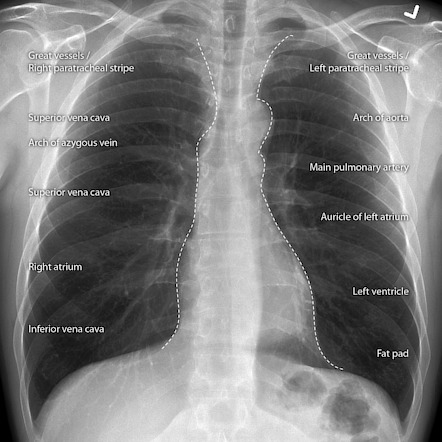

The CT scan gives the neurosurgeon information about abnormalities of the bones, such as bone spurs, osteophytes, presence of fusion and bone destruction due to infection or tumor.

Computed tomography scan (CT or CAT scan): A diagnostic image created after a computer reads and combines a multitude of thin-cut X-rays that can show the shape and size of the spinal canal, its contents and the structures around it, especially bones.As some degree of arthritis and spinal degeneration is normal due to aging, the neurosurgeon must determine if findings on imaging studies correlate to symptoms. Herniated discs or bone spurs may cause a narrowing of the spinal canal or the small openings through which spinal nerve roots exit.ĭiagnosis is made by a neurosurgeon based on history, symptoms, a physical examination and results of tests, including the following. Sudden severe injury to the neck may also contribute to disc herniation, whiplash, blood vessel destruction, vertebral bone or ligament injury and, in extreme cases, permanent paralysis. Severe stenosis requires referral to a neurosurgeon.Īge, injury, poor posture or diseases such as arthritis can lead to degeneration of the bones or joints of the cervical spine, causing disc herniation or bone spurs to form. Mild stenosis can be treated conservatively for extended periods of time, as long as the symptoms are restricted to neck pain. In addition, the degenerative changes associated with cervical stenosis can affect the vertebrae by contributing to the growth of bone spurs that compress the nerve roots. These changes result in a narrowing of the spinal canal. At the same time, the bones and ligaments that make up the spine become less pliable and thicken. As a result, the space between the vertebrae shrinks, and the discs lose their ability to act as shock absorbers. The discs in the spine that separate and cushion vertebrae may dry out and herniate. The delicate spinal cord and nerves are further supported by strong muscles and ligaments that are attached to the vertebrae.Ĭervical stenosis occurs when the spinal canal narrows and compresses the spinal cord and is most frequently caused by aging.
#CERVICAL SPINE X RAY SKIN#
These nerves serve the muscles, skin and tissues of the body and thus provide sensation and movement to all parts of the body. The spinal cord is bathed in cerebrospinal fluid (CSF) and surrounded by three protective layers called the meninges ( dura, arachnoid, and pia mater).Īt each vertebral level, a pair of spinal nerves exit through small openings called foraminae (one to the left and one to the right). This space, called the spinal canal, is the area through which the spinal cord and nerve bundles pass. These discs allow the spine to move freely and act as shock absorbers during activity.Īttached to the back of each vertebral body is an arch of bone that forms a continuous hollow longitudinal space, which runs the whole length of the back. The cervical spine (neck region) consists of seven bones ( C1-C7 vertebrae), which are separated from one another by intervertebral discs. The neck is part of a long flexible column, known as the spinal column or backbone, which extends through most of the body.


 0 kommentar(er)
0 kommentar(er)
